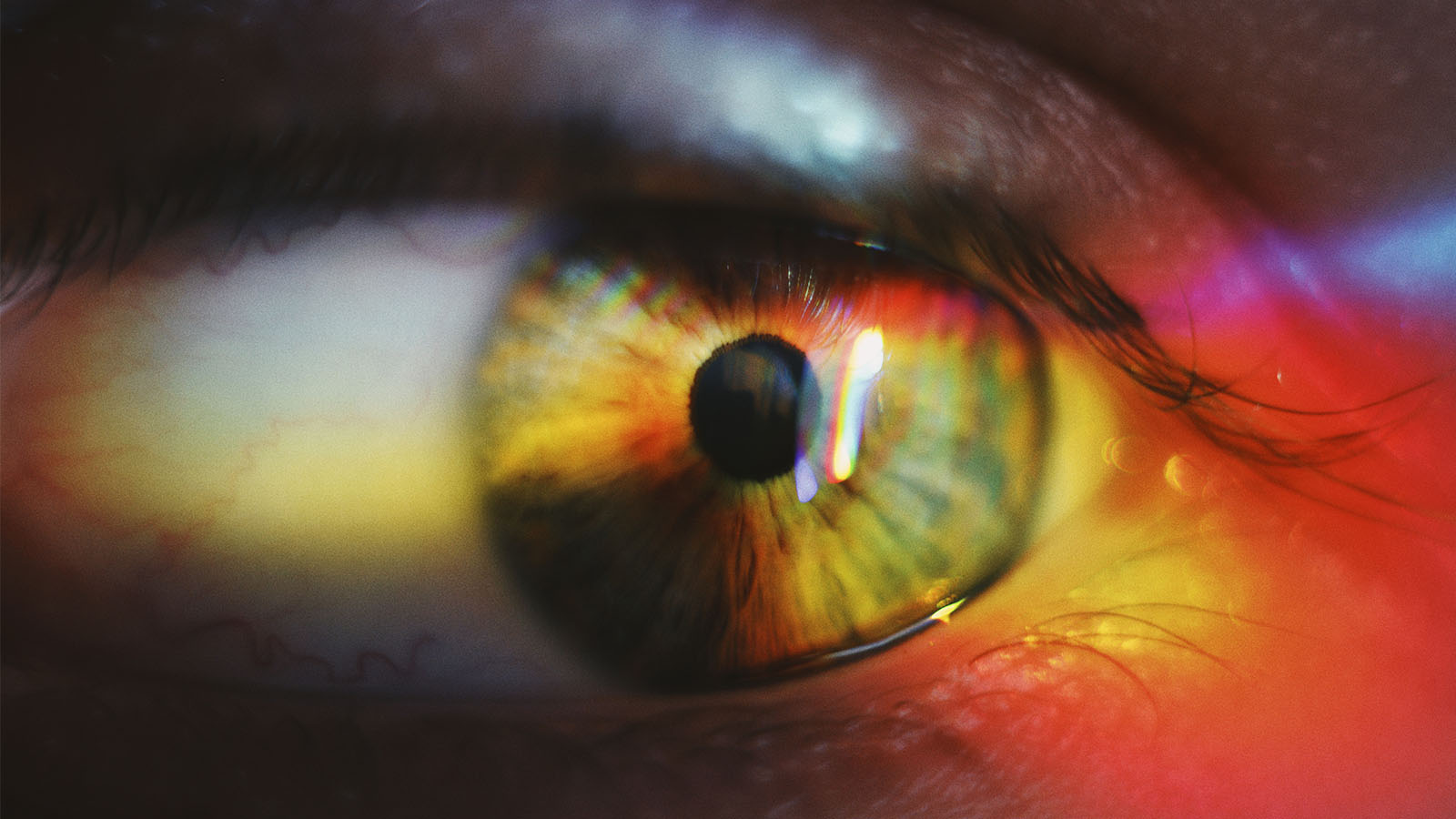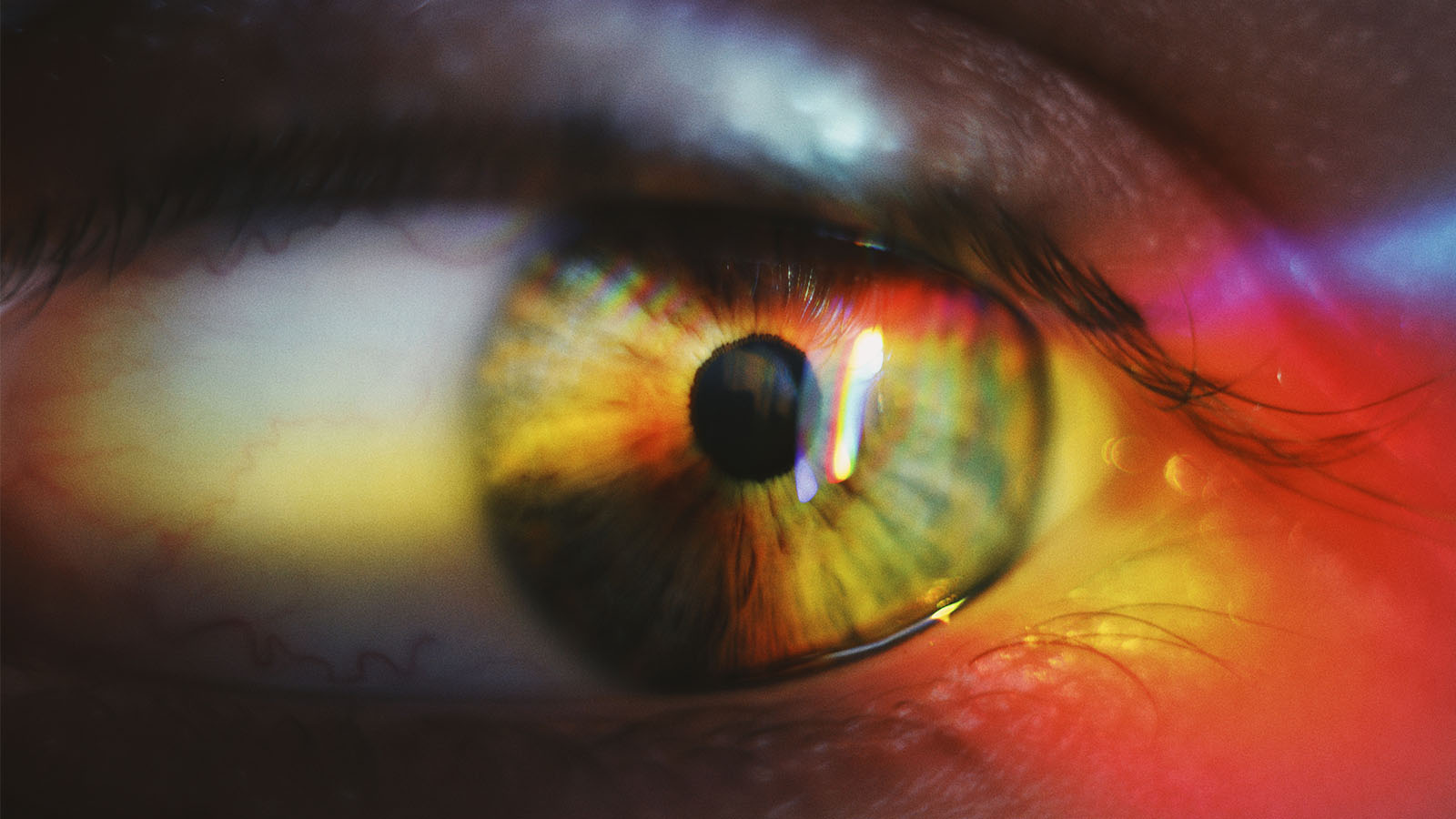
The debate about cannabis as a treatment for glaucoma has been long and sometimes heated. A December 2018 study out of the University of Indiana found THC can provide longer, stronger relief from glaucoma than previously reported — but also that cannabidiol (CBD) interferes with THC’s positive effects.
The study, “Investigative Ophthalmology and Visual Science,” conducted on laboratory mice, looked at how major marijuana components THC and CBD react with CB1 and GPR18 receptors in the eyes and brain.
Glaucoma affects about 2.7 million adults 40 and older in the United States. According to the American Academy of Ophthalmology, the medical community is divided over whether cannabis can be recommended to treat glaucoma.
However, the medical consensus suggests that it’s a bad idea to just start lighting up to self-medicate for conditions that can injure optic nerves and can cause permanent vision loss.
“If you’re considering non-standard intervention, talk to an ophthalmologist,” said Dr. Andrew Iwach, a spokesperson for the American Academy of Ophthalmology, noting that the current treatments, eye drops, and laser surgeries give patients an array of options. “Our No. 1 priority is to maintain vision for the rest of your life.”
Glaucoma is a Qualifying Condition
In the 1970s, the late medical marijuana activist Robert C. Randall argued in court that cannabis was critical for alleviating his glaucoma. He successfully established the medical necessity defense in Washington, D.C., Superior Court. Since then, the notion that marijuana can be used for effective relief from glaucoma symptoms has held strong.
In 30 of the 33 states where medical marijuana is legal, as well as Washington, D.C., glaucoma is listed as a qualifying condition for cannabis prescription.
In 30 of the 33 states where medical marijuana is legal, as well as Washington, D.C., glaucoma is listed as a qualifying condition for cannabis prescription. Click To Tweet
“Many patients inquire about the use of marijuana for their uncontrolled glaucoma, especially in the setting of increased legalization in many states,” Dr. Sarwat Salim, director of glaucoma service at the New England Eye Center in the Boston area, wrote in an introduction to an article in the March/April 2018 issue of the trade magazine Glaucoma Today.
While studies have shown that THC can reduce intraocular pressure (IOP), a condition that is emblematic of glaucoma, doctors note that a variety of modern Food and Drug Administration (FDA)-approved drugs, applications, and surgeries are more effective, longer-lasting, and don’t have the side effects of cannabis.
CBD May Hinder THC’s Therapeutic Benefits
The University of Indiana study sheds light not only on the effectiveness of topical applications of THC to lower pressure in the eye, but also the role of CBD in interfering with THC’s effectiveness.
“We now report that a single topical application of THC lowered IOP substantially (about 28 percent) for eight hours in male mice,” the study reported. The researchers noted the effect lasted half the length of time in female mice. The effects on male mice were longer than in previous studies. Researchers also noted the role of CBD, previously thought to be a non-factor, as an impediment to THC’s effectiveness.
“It’s an antagonist,” said Dr. Alex Straiker, a research scientist and one of the study’s authors.
The CBD revelation wasn’t actually new, it was just underreported. According to Straiker, the Indiana study supported the findings of a 2006 study from Scotland and published by the World Glaucoma Association in its Journal of Glaucoma.
“We weren’t the first,” Straiker said of his group’s findings. But he added, “we showed how it works” in activating certain receptors.
The amount of CBD in certain strains of cannabis should be considered by patients who wish to use medical marijuana for the treatment of glaucoma symptoms, researchers cautioned. “CBD can be present at quantities comparable to THC and plant strains have been developed (e.g. Charlotte’s Web) that have a CBD-to-THC ratio heavily skewed toward CBD,” according to the study.
“That is concerning as many will not see the difference between CBD and THC and consume the entire plant,” said Dr. Thomas Graul of the Eye Surgical Associates in Lincoln, Nebraska, who has written about cannabis as a treatment for glaucoma.
Straiker said he hopes others will look at the positives of THC. He also said it will likely be up to others to continue his group’s research as funding has run out and has not been renewed.
“There’s been this dogma that cannabis doesn’t work,” Straiker said, “and that may be premature. It probably needs to be looked into further.”
Doctors Discount Marijuana’s Effectiveness
The American Academy of Ophthalmology has said of cannabis that there is “no scientific evidence has been found that demonstrates increased benefit and/or diminished risk in the treatment of glaucoma compared with the wide variety of pharmaceutical agents now available.”
In 2009, an American Glaucoma Society position statement also declared no scientific basis for the use of marijuana in the treatment of glaucoma “unless a well-tolerated formulation … with a much longer duration of action is shown in rigorous clinical testing to reduce damage to the optic nerve and preserve vision.”
Iwach said the Indiana study showed some promising signs and that there may be molecules within the complex cannabis plant and its more than 400 chemicals to treat glaucoma, but added, “we’re not there yet.”
Salim said the general consensus among ophthalmologists is that there is still not enough evidence to support cannabis as a treatment for glaucoma. Because the Indiana study was only on mice, added research would be required to see if the findings are replicated on humans.
“It’s not a one-to-one comparison,” Salim said. “There are always unknowns and concerns. An animal study is just the first step.”
The long-term prospect for marijuana as a treatment for glaucoma remains unclear. As scientists continue to break down the structure of the complex plant and discover how it interacts with receptors they may yet find the key.















